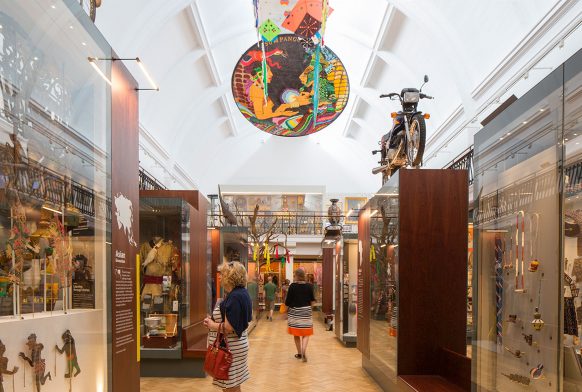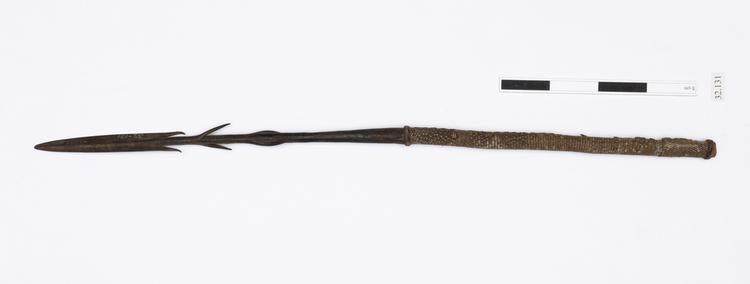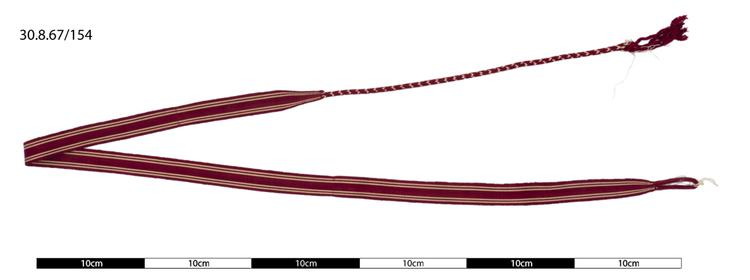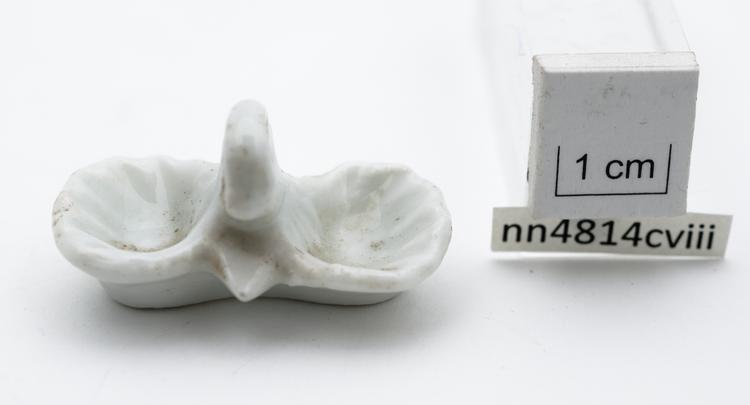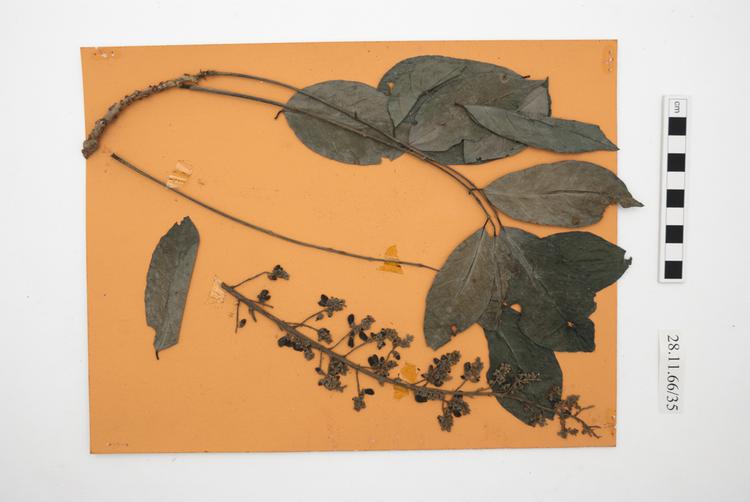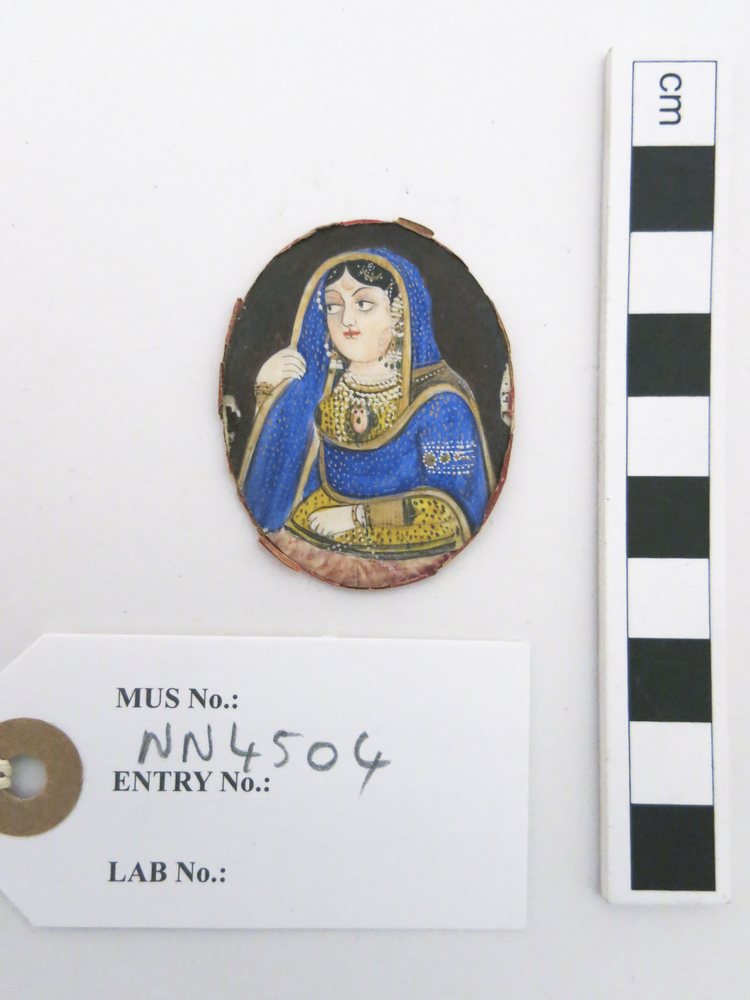
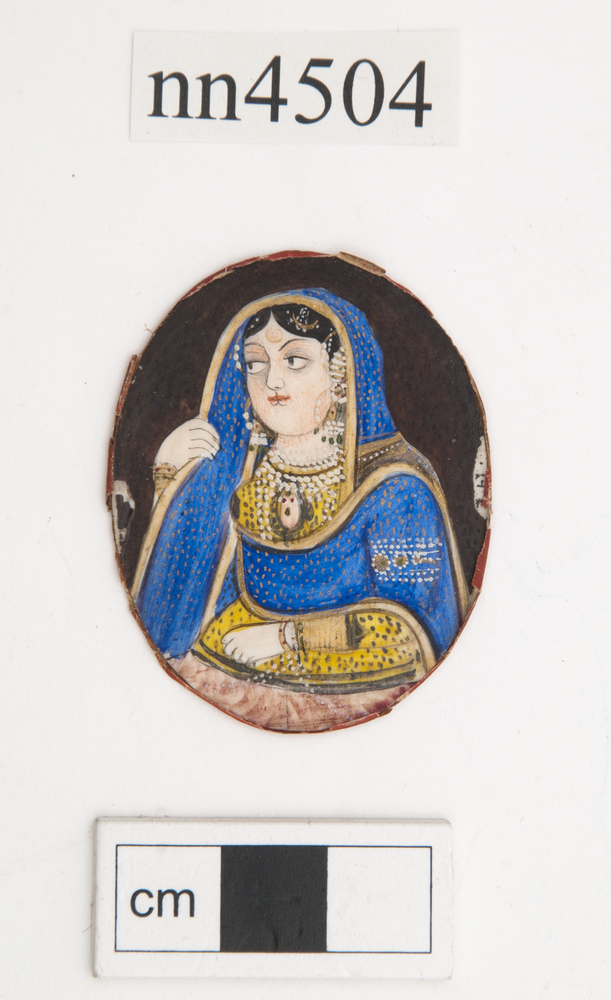

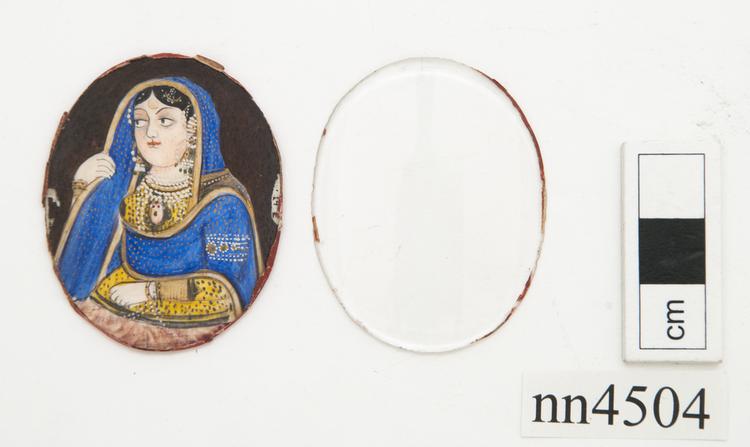

Miniature depicting a woman, probably a queen of Maharaja Ranjit Singh, dressed in typical Punjabi attire with a blue shawl over her head. Gouache (possibly heightened with gold) on ivory.
The subject of this portrait, who is dressed in typical Punjabi attire, is not conclusively identifiable but it is most probably one of the wives of Maharaja Ranjit Singh. During his lifetime he married 20 times and had 12 Sikhs wives, 6 Hindu and 2 Muslim. There are two likely contenders: his first wife, Rani Mehtab Kaur (1782-1813), and his last wife, Maharani Jind Kaur (1817-1863). Rani Mehtab Kaur was the mother of Ranjit Singh’s second son, Maharaja Sher Singh (1807-1843). Born at Batala, Punjab, Mehtab Kaur's marriage to Ranjit Singh arose out of political expediency at a time when the growth of the Sikh kingdoms was scarred by periods of intense internecine warfare. One major battle fought in 1785 between her grandfather, Jai Singh Kanehya, and Ranjit Singh’s father, Maha Singh Sukerchakia, led to a remarkable union between their confederacies. Jai Singh’s son, Gurbakhsh Singh, was killed during the fighting. So bereaved was the father that he retired from the field a broken man. His daughter-in-law, Sada Kaur, quickly overcame the loss and astutely formed an alliance between the two warring factions by contracting a marriage engagement between her three-year-old daughter, Mehtab Kaur, and Maha Singh’s five-year-old son, Ranjit Singh. After the death of Maha Singh in 1790 when Ranjit Singh was just 10-years-old, Sada Kaur played a critical role in his early career, helping to carve out his reputation as a daring leader. Maharani Jind Kaur (also known as known as Rani Jindan) was born in 1817 in Chahar, Sialkot, Punjab (now in Pakistan). In 1835, she became Ranjit Singh's seventeenth wife and in 1838 bore him a son, Duleep. Duleep was his last child and just ten months later Ranjit Singh died following a stroke. Jind Kaur was the maharaja's only surviving widow, rejecting the practice of sati or throwing herself on the funeral pyre with his other wives, choosing to bring up her young son instead.



